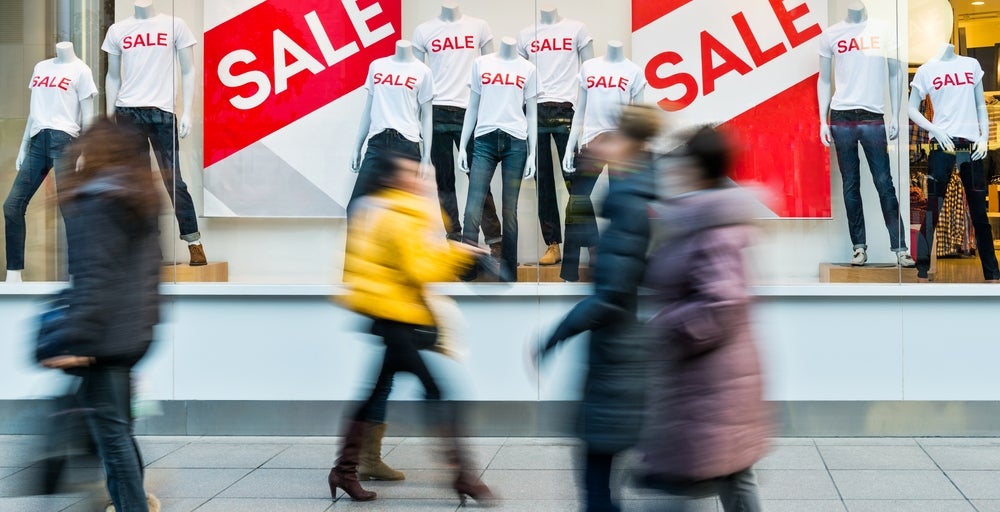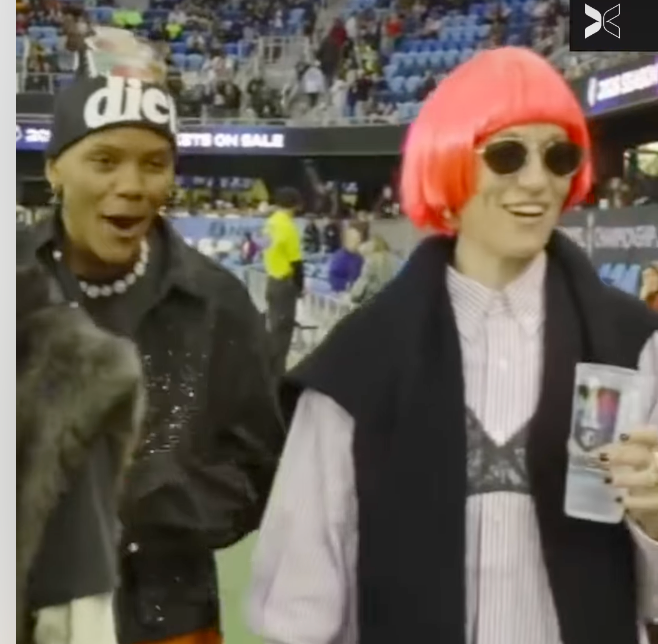In the mid-1990s hip-hop culture “crossed over” into popular culture, spurring an onslaught of companies dedicated to creating niche campaigns to reach the urban audience.
However, today’s “minority culture” has become so mainstream that specific multicultural initiatives have gone to the wayside. Over the past decade, the line has blurred significantly between campaigns designed to reach the majority and the urban minority.
Rappers like Jay-Z and 50 Cent promote to everyone everything from apparel to beer to electronics. But it’s still necessary for commercial messages to be “authentic.” Similarly, broadcast TV’s wide reach does not necessarily deliver the strongest ROI in terms of reaching niche buyers. Awareness, unfortunately, does not translate to purchase intent. Television needs to be coupled with the right off-line and interactive components.
Branded entertainment should also be part of the mix. Short form content should be distributed via YouTube, online video networks and wireless devices. Minority-focused MVNOs (mobile virtual network operators) like Boost Mobile and AMP’D demonstrate an audience for unique new media content.
Reinforcing brand messages via events, sampling and out-of-home initiatives has been inexplicably overlooked for the multicultural community. Event sponsorship like the And 1 Mixtape Tour have enabled brands like Mountain Dew and Boost to reach buyers.
Virtually everyone is online today, so data collection is critical to enable follow-up e-mail and CRM.
Marketers can’t lump all their traditional mass media branding initiatives together and expect to effectively communicate with the multicultural consumer. Each needs to be approached on a personal level, which will drive sales.
Joseph Anthony is CEO of experiential marketing agency Vital Marketing (www.vitalmarketing.com).



